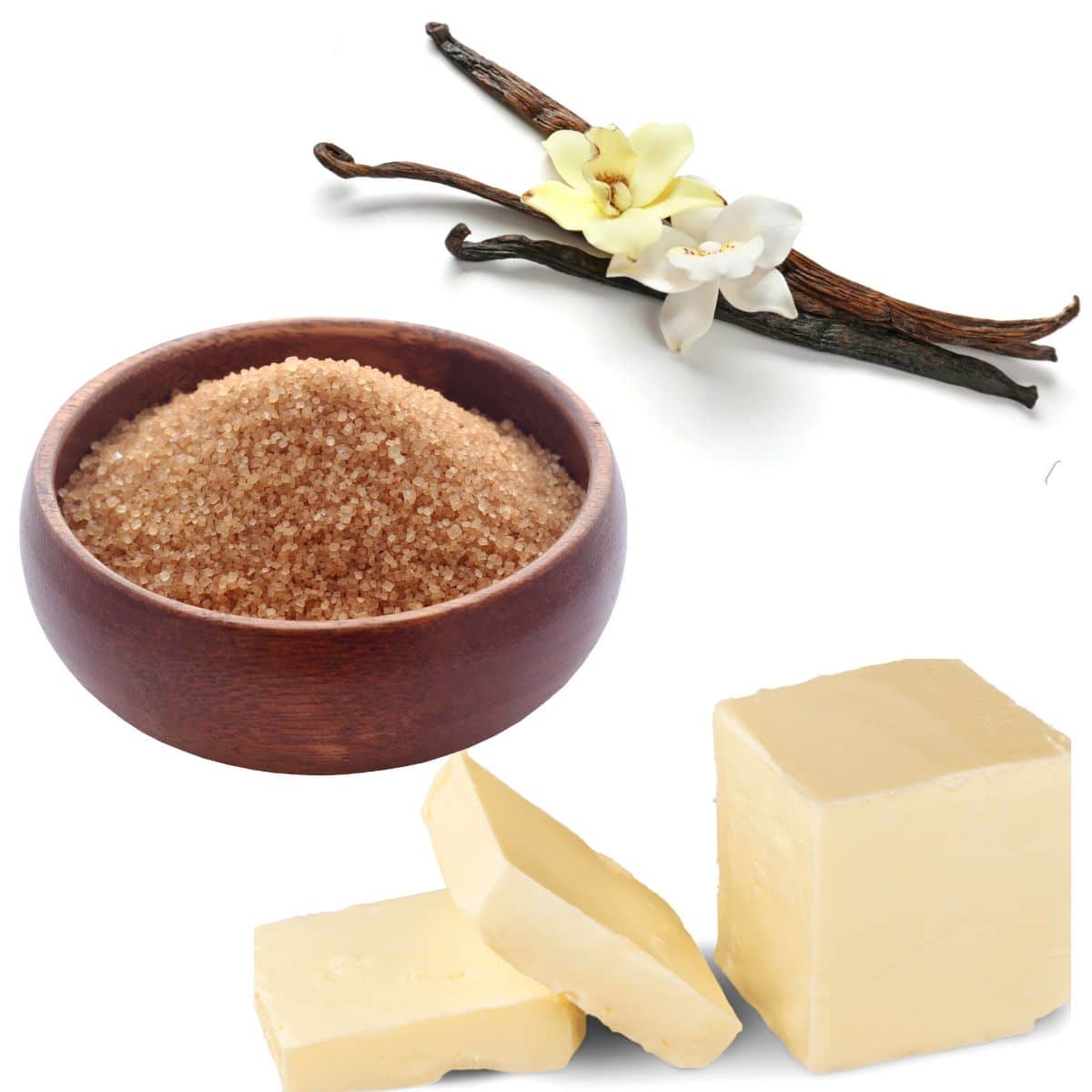
In baking, it's often the simplest ingredients that deliver greatness. Butter, vanilla, and brown sugar are perfect examples. Yet it's easy to take these pantry standards for granted, to overlook the ins and outs of when to use them, how to use them, and in which form. You'll find the answers here, along with lots of handy tips and techniques.
Vanilla
Vanilla brings a mellow essence to baked goods and does a fantastic job of enhancing other flavors, such as fruit and chocolate. Of course, vanilla on its own is a spectacular flavor as well.

The Bean The most potent, albeit the most expensive, way to add vanilla flavor is with the bean. Inside the pod you'll find thousands of tiny black specks bursting with vanilla flavor.
If you're making a custard or otherwise infusing a liquid with vanilla, throw both the seeds and the pod in the pot. If you're adding vanilla seeds to a batter and you want to be sure they're distributed evenly, take a small bit of the batter, smush the seeds into it until they're thoroughly mixed in, and then fold this concentrated vanilla portion into the rest of the batter.
The Extract Vanilla extract, a less costly alternative to vanilla beans, is an easy way to add vanilla flavor to baked goods, as it mixes easily into batters. But the strength of the extract will dissipate with prolonged heat, so if you're adding extract to something cooked on the stovetop, such as a custard or a poaching liquid, add it after the custard or liquid is off the stove and starting to cool. Because vanilla extract is sensitive to heat and light, keep the bottle in a cool, dark place; it should last for several months.
The Paste Vanilla paste combines the best of both bean and extract. It has the consistency of a thick syrup and holds hundreds of vanilla seeds in suspension. It's like vanilla extract in its strength and how it is used but has the added visual benefit of the black seeds associated with a vanilla bean. Like extract, if vanilla paste is stored in a dark, cool place, it should last for several months.
To remove the beans Hold the bean down on either end. With the tip of a paring knife, poke a hole in the top and slide it down the bean, splitting it in half lengthwise. Open it with the knife tip and scrape down, collecting the seeds on the blade.
Storage tip: Vanilla beans will dry out and become brittle if left out in the air, so wrap them in foil, seal them in a zip-top bag, and store them in a cool, dark area. They'll last this way for at least several months.
Brown Sugar
Brown sugar makes cookies soft and chewy. It helps cakes and pastries stay moist. And it gives a warm spiciness and a hint of caramel essence that its white counterpart can't offer. The secret behind this ingredient: molasses.
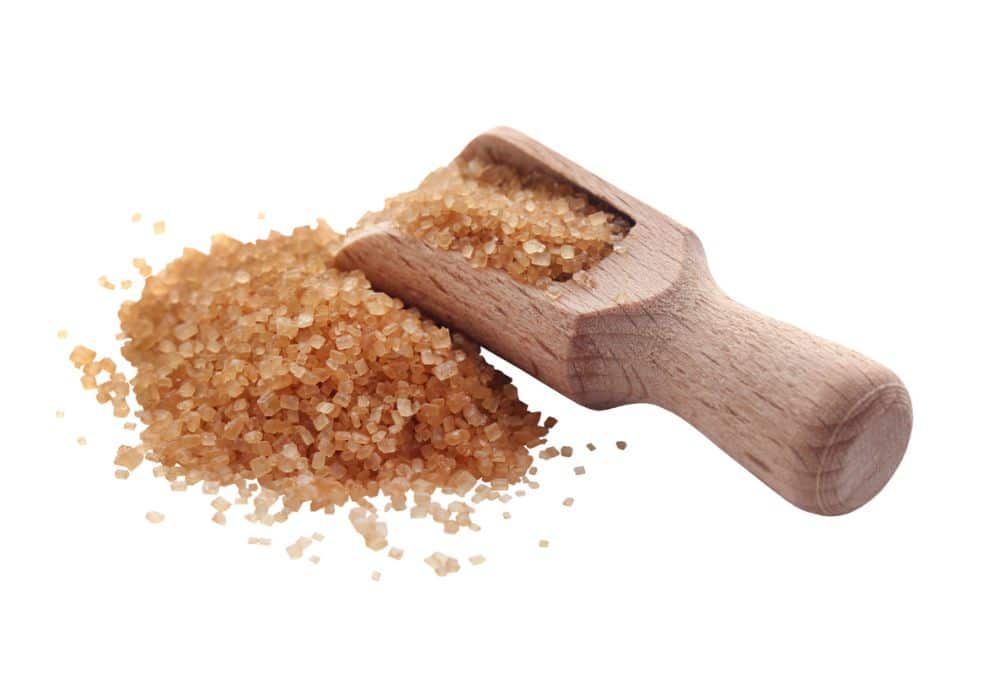
Originally made from semi-refined sugar that still had some of the natural molasses left in it, brown sugar is no typically made by spraying white sugar with molasses.
Brown sugar, however, isn't necessarily a practical substitute for white sugar-particularly when creaming sugar with butter. White sugar crystals are relatively large and sharp, making them great at cutting through butter to create air pockets that make your baked goods light and tender. Brown sugar crystals are smaller, softer, and, hence, less effective at creaming.
Remember to press brown sugar into the cup when measuring. Simply scooping it up will give you a lot of air along with the sugar, and an inconsistent measure.
Sometimes bits of brown sugar harden into small nibs. Unless you're dissolving the sugar by mixing it into a Liquid or melting it, press it through a sieve to get rid of the hard nibs so they don't create pockets of crunchy sugar bits-tasty, but usually not ideal.
Light vs. dark: Is there a difference? Dark brown and light brown sugars are virtually interchangeable in recipes, but dark contains more molasses, so it will give deeper, spicier flavor.
In a pinch, make your own. If you're in the middle of a recipe and discover you're out of brown sugar, you can easily make an acceptable substitute. To make 1 cup brown sugar: In a food processor, combine 1 cup white granulated sugar with 3 to 4 tablespoons molasses. Pulse to blend. For a darker brown sugar, simply add more molasses.
Storage tip: Store brown sugar tightly wrapped in a cool, dark place. If you find that your sugar has dried out and hardened, sprinkle it with a few drops of water and microwave it on low for 15 to 20 seconds. Heating the sugar gently like this will soon bring it back to its original soft state. If you don't have a microwave, tuck a slice of sandwich bread in with the sugar to soften it overnight.
Butter
Butter is the cornerstone of all baking, with its irreplaceable flavor and powerful tenderizing properties.

When flour and liquid mix, flour develops gluten, which is what makes bread desirably chewy but can make pastries, quick breads, and cakes tough. Butter tenderizes by coating the flour, inhibiting gluten development, so that your baked goods are delicate and melt in your mouth.
Which type of butter should I use?
In baking, unsalted butter (also called sweet butter) is preferable to salted for several reasons. Salted butter contains varying amounts of salt depending on the brand, so recipes call for unsalted butter and a measured amount of salt to ensure consistency.
Another reason to avoid salted butter is that it isn't always fresh. (The preservative nature of salt means that salted butter can be kept longer on market shelves; salt also masks off flavors.)
Many grocery stores now carry higher-fat, European-style butters. In these butters, more fat means less water, which in turn means flakier, more tender, and more flavorful pastries. These butters are a wonderful splurge, but don't feel like you must buy them to be a good baker. As long as you use fresh, unsalted butter, your recipes will come out well, no matter the brand.
Storage tip: To keep butter as fresh as possible, store it tightly wrapped away from light on a back shelf in your refrigerator (not in the butter compartment on the fridge door; the temperature fluctuates too much there). You can freeze butter, too. It may seem watery it thaws, but you'll find little difference in the final baked product.
Different Temperature: Different Uses
COLD butter is typically used in pie dough and puff pastry recipes. Rather than being thoroughly incorporated into a dough, the butter is left in fairly distinct pieces. Then, as the dough is rolled out, the butter is flattened into thin sheets.
In the oven, these sheets of butter melt, and the water within the butter evaporates; the steam that results makes the dough rise, creates pockets of air, and produces flaky sheets of pastry that shatter when you bite into them.
MELTED butter is called for in some baking recipes when the flavor of butter is desired but not the light, fluffy characteristics associated with softened butter. Melted butter should be at room temperature (not hot, unless specified) so that it blends easily into your batter. Sometimes a recipe will have you melt the butter until the milk solids turn brown-making what's called brown butter-for an added layer of nutty flavor.
SOFTENED butter is typically called for in recipes for cakes, cookies, and certain pastries. That rely on the leavening power of creamed butter and sugar. Softened butter is best for baking when it’s still somewhat cool, not necessarily “room temperature” (that’s often too soft on warn days). It should be pliable but not too soft. This the temperature at which sugar crystals cut into the butter most effectively, creating the maximum amount of air in your batter. Too cold and firm and the sugar won’t cut into the butter easily enough; too warm and the sugar will simply dissolve into the butter.
It you have an instant-read thermometer, you can check for the ideal temperature: 65 to 67 degrees, a little cooler than room temperature. Or you can press your finger into the butter to test it. It's perfect when your finger makes an indentation, but can't go all the way through the butter. Also, if you can bend your stick of butter without it snapping or mashing—it will feel almost plastic—it's at the right temperature.
Sign-up for The Flavor Journal Newsletter and Get a Free e-book!
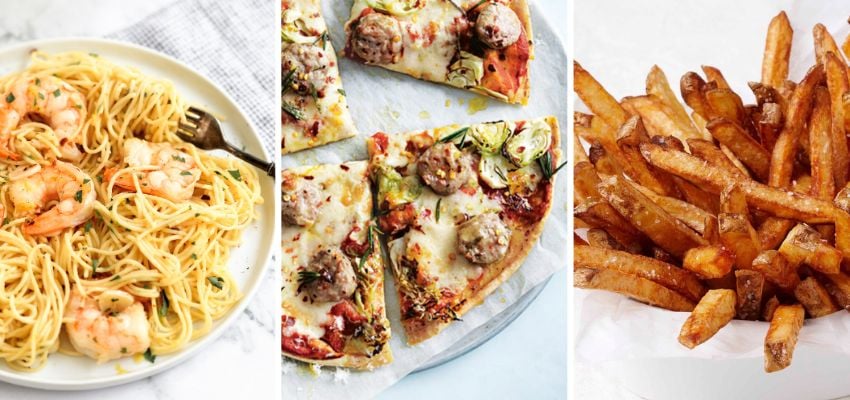
Let's connect!
Be sure to FOLLOW US on FACEBOOK, INSTAGRAM and PINTEREST Many thanks!
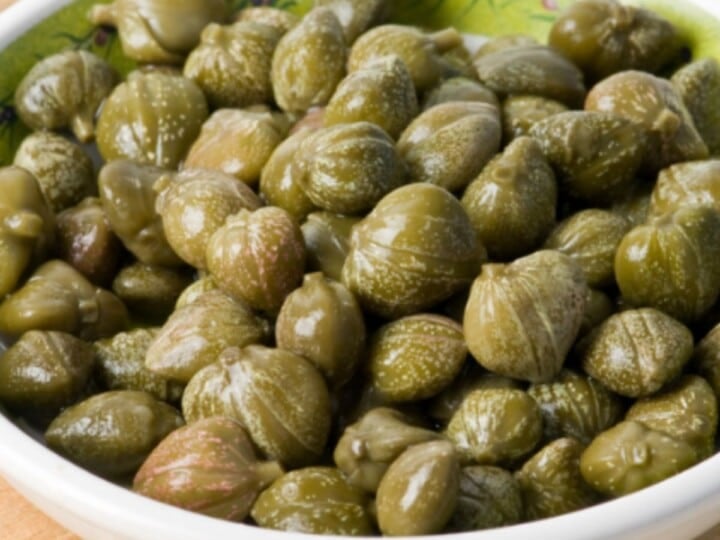
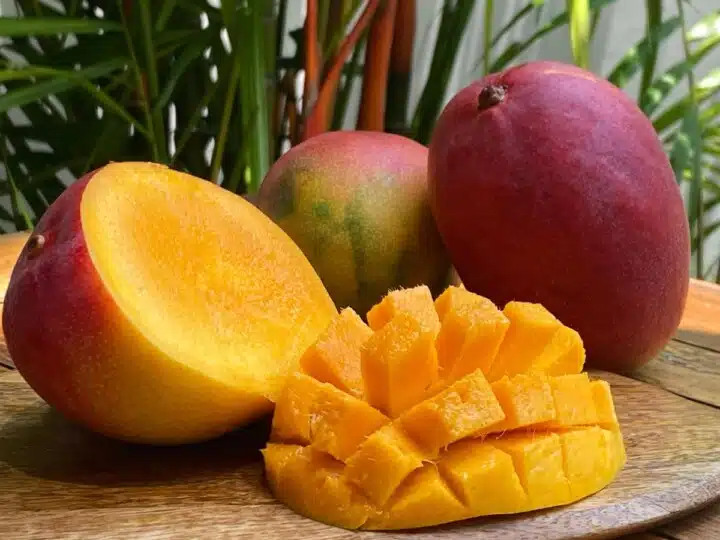
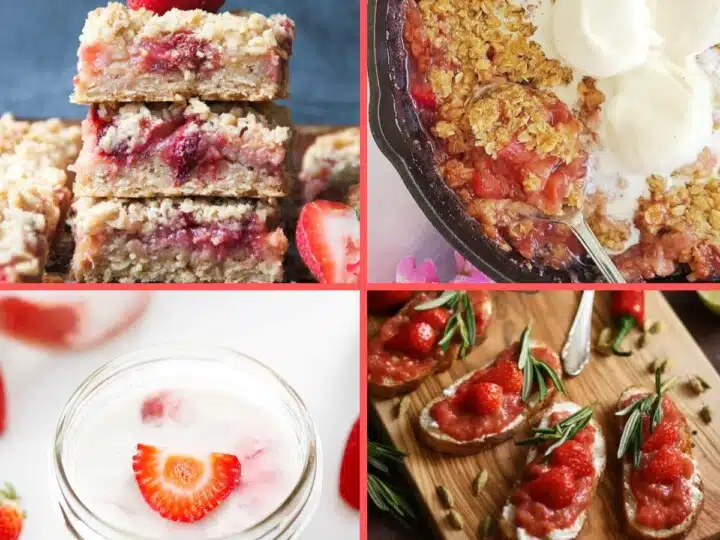
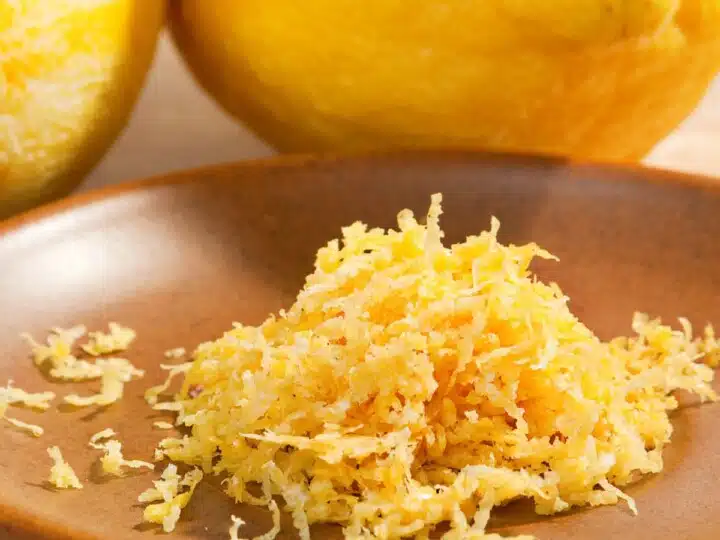
Leave a Comment